It’s a sunny afternoon in Lisbon, Portugal, and in the street a young girl is being clutched by the devil. Or a devil, more accurately, and it’s her lower leg he has gripped in a pair of long wooden pincers.
The girl shrieks and twists herself free, giggling. The devil-man emits a laugh from behind a wild, wooden mouth and skips off to find his next victim.
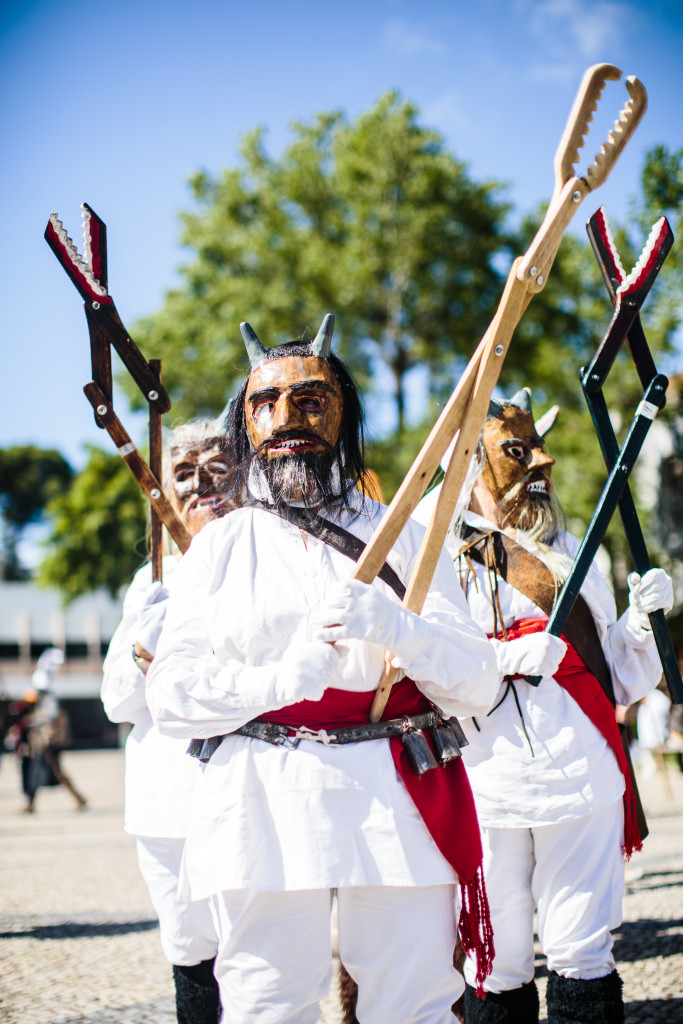
The Festival Internacional de Mascara Iberica (Iberian Mask Festival for we English speakers) takes place annually in May. Central to the festival is a huge parade that winds through the streets in a chaos of color and drums. Demons and devils and strange creatures run riot. It’s hard to believe that only hours ago they were human.
The costumes and masks gathered together by the festival are from various parts of Portugal and Spain, so the traditions behind them vary. A common theme of many is that of diabo, the devil, whose likeness brings with it the compulsion to mischief.
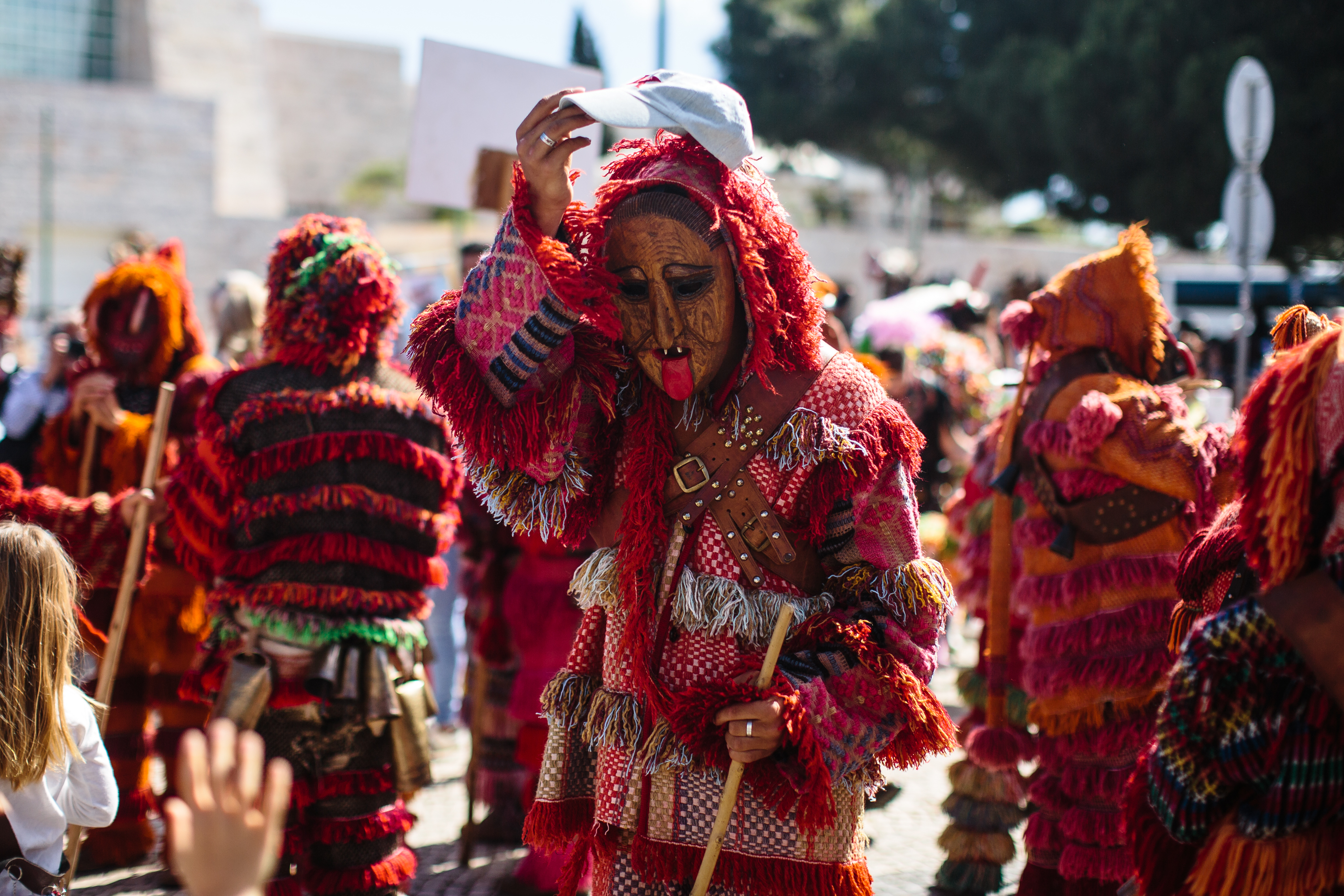
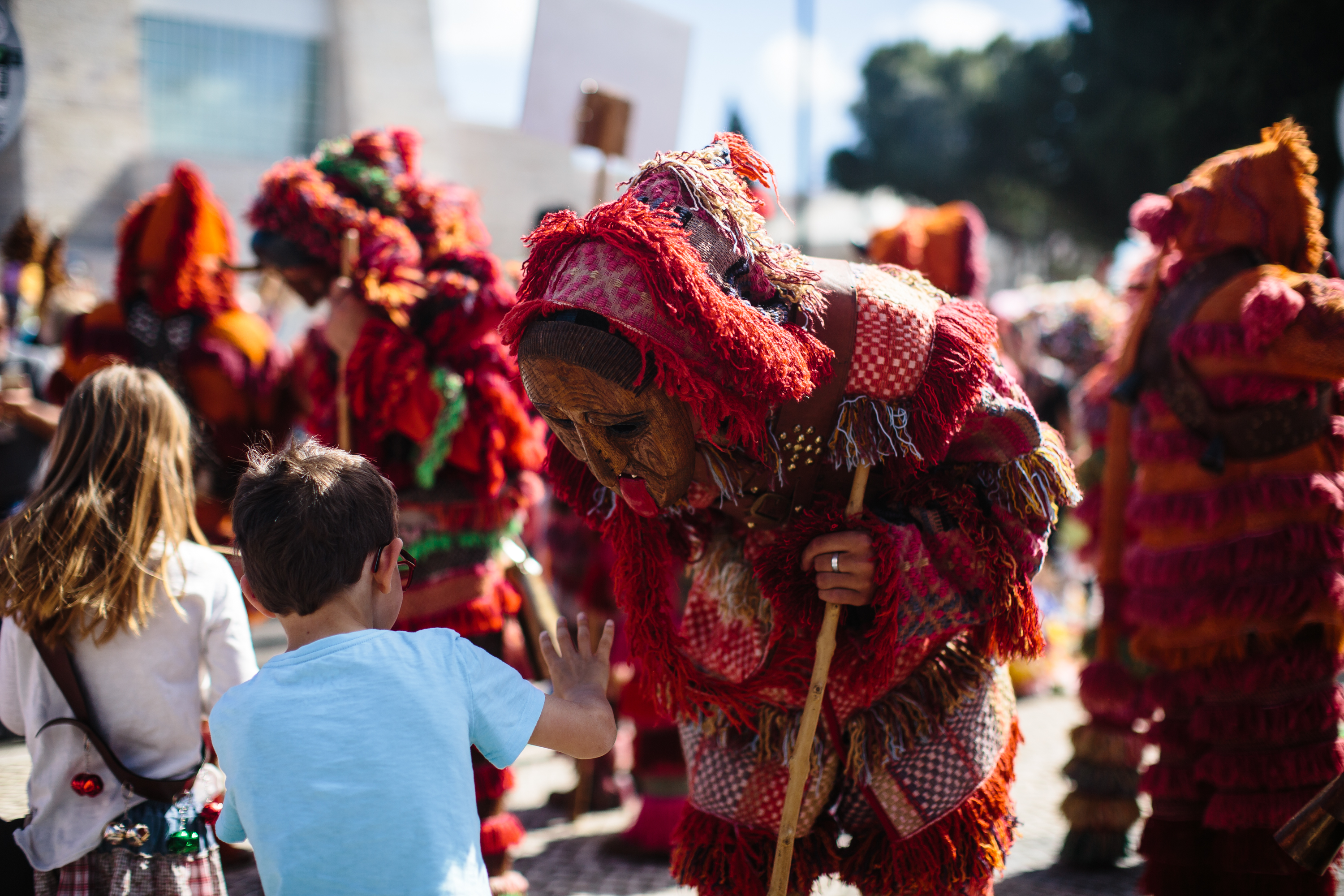
Most of the mask festivals in Portugal coincide with dates on the Catholic calendar, which themselves stem from ancient Pagan feasts: Christmas, originally the winter solstice, and Easter, the autumn equinox. You’d be hard-pressed to find detailed information on exactly how the traditions began – in short, no-one really knows. But little does it matter: once something has become part of a cultural identity, its origin is largely inconsequential. In fact, it’s only been in the last 50 years or so that some of the festivals have been reignited and embraced again with fervour after a period of dormancy.
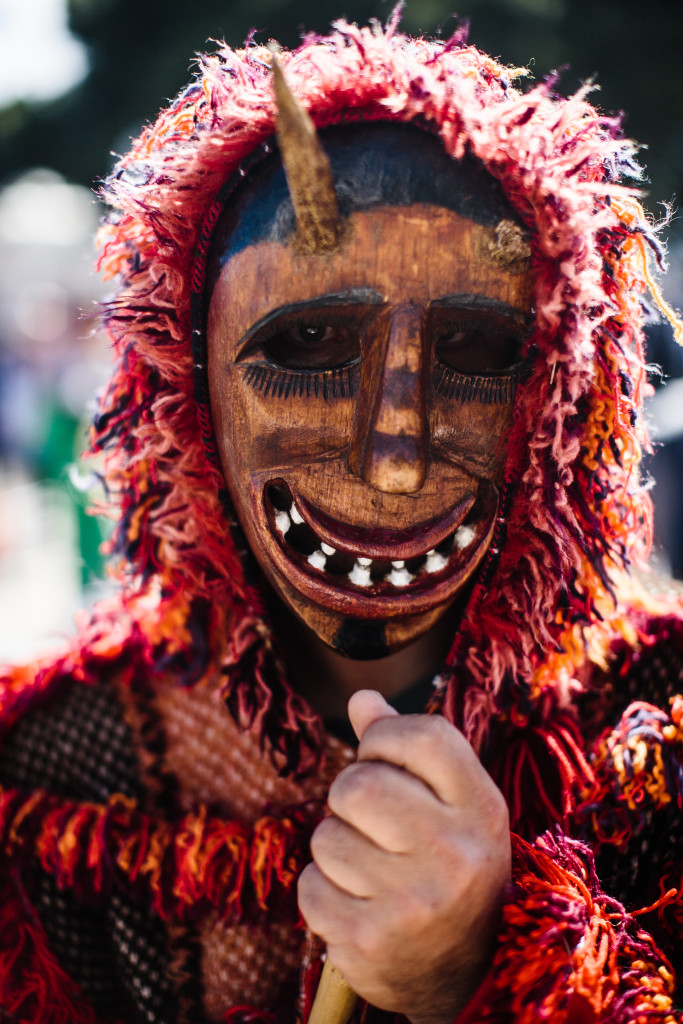
In the region of Trás-os-Montes between December 25 and 26 you can experience the festas dos rapazes (“festival of the boys”), a coming-of-age ritual where the young, single boys of the villages stir up trouble in a rumpus of costumed wild things. Some say it’s a way of exorcising all the mischief from their systems so they can rise the next morning as men. As you might imagine, young girls are encouraged to lock themselves indoors.
Coinciding with the lead up to lent, and also with Portugal’s carnival, is another series of weird and wonderful traditional festivals: the Carnaval dos Caretos de Podence, for example, or the Entrudo de Lazarim, both in the country’s far north. The costumes at each are unique. A “careto” is a character usually dressed in a suit of shaggy red, yellow and green fringing with a leather or metal mask. In Lazarim a handful of local craftsman are responsible for carving wooden masks, sometimes horned and demonic, sometimes laughing caricatures of public figures. These carefully hand-wrought pieces often become heirlooms passed down from generation to generation.
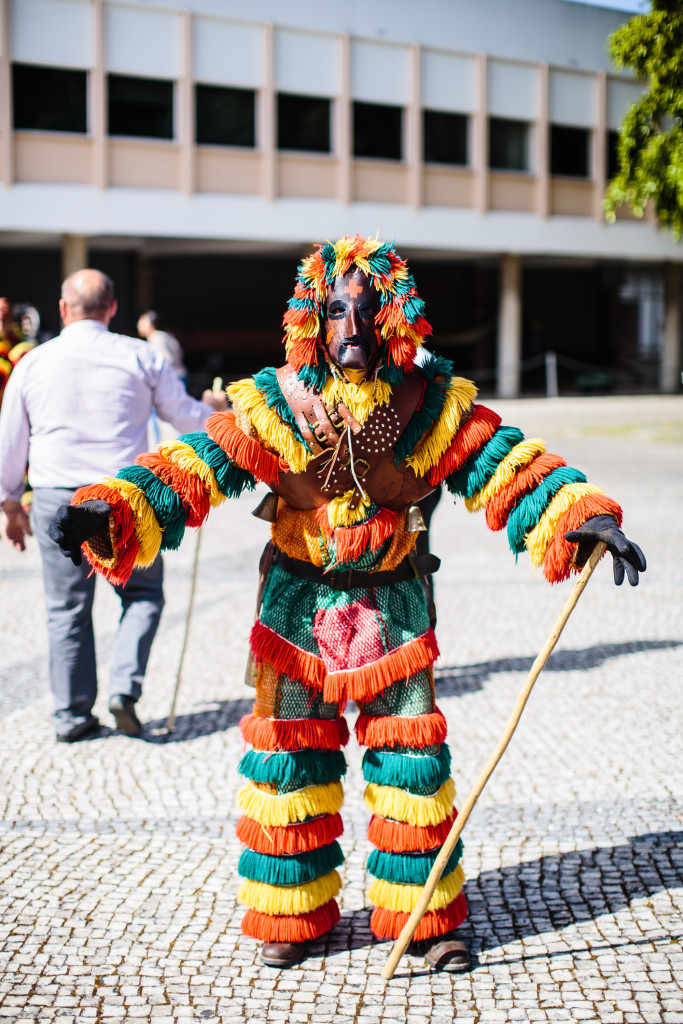
While there may be no one single meaning or function to the masks, the effect they create is universal. Their wearers – whether lumbering wood-faced through the cobbled streets as great pillars of grass and moss, or maniacally dancing in a cacophony of cowbells – have been granted license to temporarily shelve their identities. They are transformed, their true emotions hidden beneath a frozen expression. For a few days, at least, the masks give them both a cultural heritage to celebrate, and the rampant freedom of anonymity.
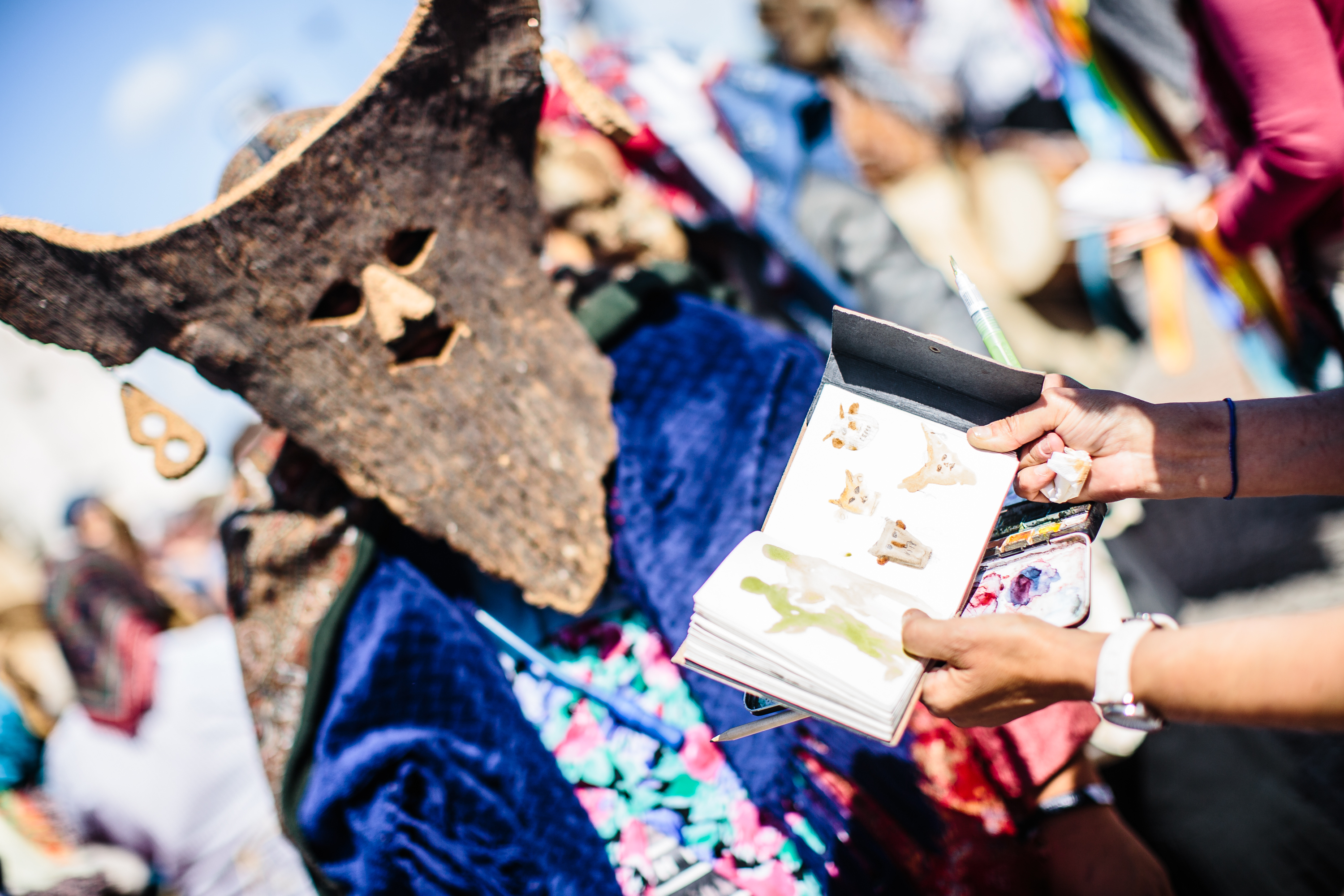
Photography by Tania Braukamper.

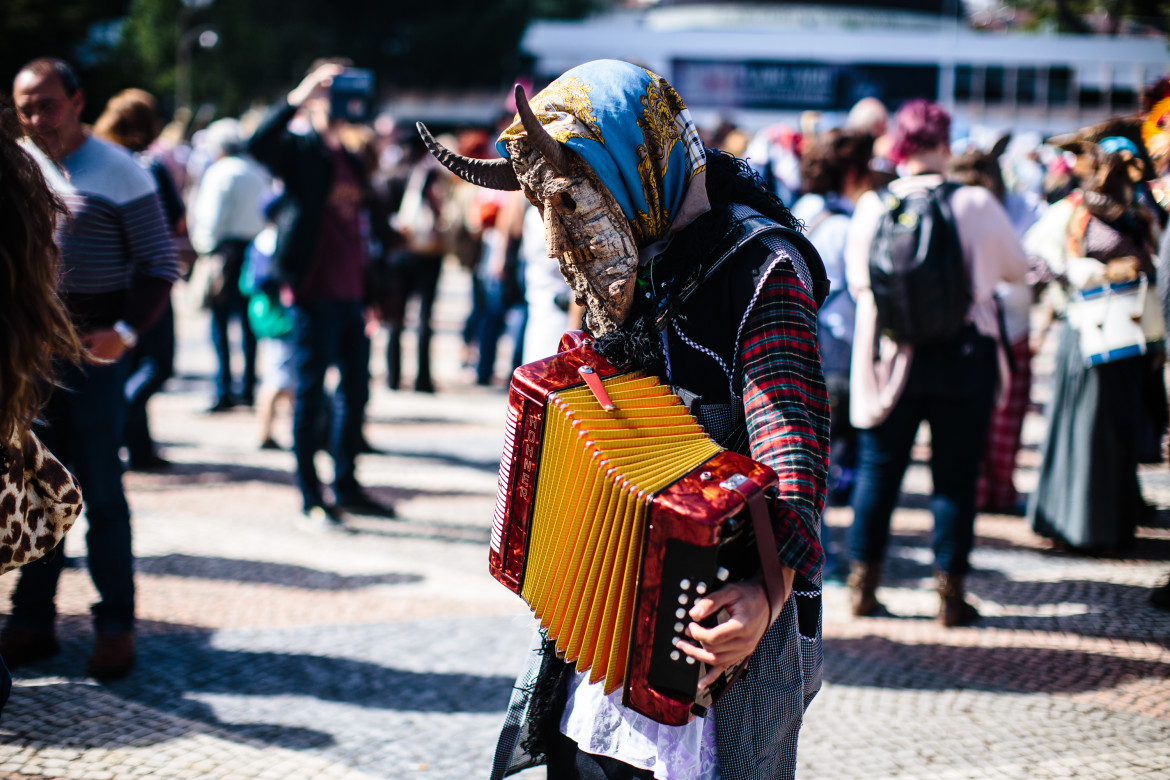







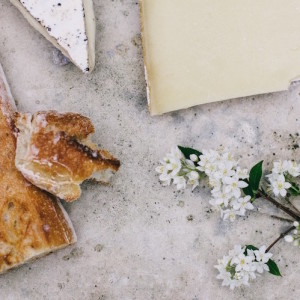

Leave a reply